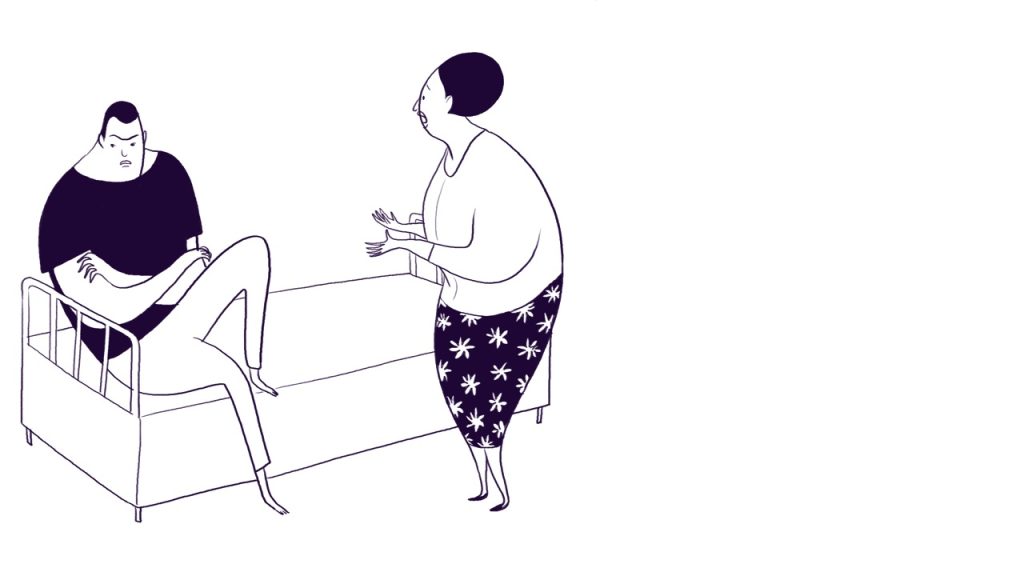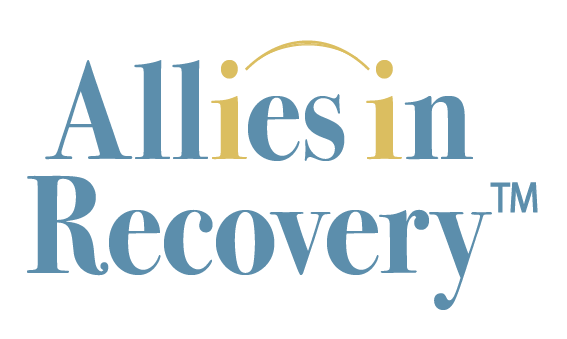From Pot to Kratom, He’s Always Using Something

A member has written in, explaining that her son is always using. She asks for clarification on how to implement CRAFT in this situation.
This post originally appeared on our Member Site blog, where experts respond to members’ questions and concerns. To learn more about membership, see our Membership Benefits page.
“Thank you for this website. I am having trouble with how to act when when my son (age 21) is using vs not using. He is pretty much continuously under the influence of something (pot, Kratom, nicotine, or enormous amounts of caffeine– all of which he uses throughout the day). When he first gets up is the only window of non-use. But he is generally very agitated and often verbally abusive, probably due to being in a state of withdrawal. I can’t reward or praise him at these times.”
Dominique Simon-Levine responds with guidance below
When your loved one is using drugs almost continuously, there are few opportunities to reward non-use. You are right about this. We published a piece on this problem on our Public Blog.
You are also correct in not rewarding moments of withdrawal, that period you describe when your son first gets up and is agitated and verbally abusive.
In your case, there are few moments left to reward. You describe the drugs your son is using, which include nicotine and caffeine. From your description, he is ingesting these along with the pot and Kratom in some combination all day long.
Using that small window to find a reward and leave the lesser offenders alone.
The above piece describes a proactive effort to redirect your loved one away from the drugs first thing in the morning. Treat it as an experiment. Can you imagine doing something like this, inserting some activity he likes in the early part of the day? Even if you get only a couple hours between grumpy withdrawals in the morning and his reaching for pot/Kratom later in the day. A few hours eating pancakes or going for a run or a swim, visiting an animal shelter or riding go carts. This would perhaps be a brief moment of loving connection.
You’ll want to ignore the caffeine and nicotine for now. Not that these substances are safe, but the real mind-altering substances are the worse offenders in terms of your son’s behavior. It’s going to be clearer to your son if you apply the modifications in your reactions and responses to only the worse offenders: the pot and the Kratom.
In another example, if your son were using an opiate and smoking pot, you might want to start by addressing just the opiates. You would reward moments of non-opiate use, even in the face of pot use.
Where Does He Get the Drug Money?
Your situation raises questions for me. How does your son get the money for the pot/Kratom? Kratom is put in capsules and can be easy to sneak but where does your son smoke the pot?
Does your son work? Go to school? We just published a piece in which we describe an “ideal” home environment for a young adult, transitioning out of the house. If your son is holed up in his room and does as he pleases in there, perhaps it’s time to take back some control of your space. You could convert his room into your reading room or something. Put a day bed in the rec room for him.
Home as Reward
Transitioning young adults towards more independence (and by association, towards more responsibility for themselves) is difficult. We also wrote about this in a blog post in which we talk about a mutual living agreement, a social contract for living in your house:
Let us know more about how your son’s days are set up.
There is little study of Kratom. It has come to our attention as an aid to opiate withdrawals. Is that a possibility for your son? Marijuana addiction is indeed dangerous, in the sense that it highjacks motivation, making a person a passive observer of his or her own life. Pot smokers are distracted from completing tasks or don’t even start them. They get increasingly irritable and depressed, even though at first the pot seemed to help with depression.
Does your son suffer from mood problems?
You’re going to want to get that list of treatment resources started. This would include a good psychotherapist, skilled in working with young people. Your son may be more willing to address the agitation and moodiness more easily than the drugs.
So, as you observed, rewarding is difficult in your situation. The experiment we lay out in the Resource Supplement (Allies in Recovery member site) is worth a try. Unblocking the stalemate by looking at gentle movements towards independence can also push the responsibility for your son’s actions back onto him more than may be currently happening.
Lots to do! I feel like taking a deep breath on your behalf. So let us know more and keep us posted on your efforts. Be well.
A membership at Allies in Recovery brings you into contact with experts in the fields of recovery and treatment for drug and alcohol issues. Our learning platform introduces you to CRAFT and guides you through the best techniques for unblocking the situation. Together we will move your loved one towards recovery. Learn more here.
